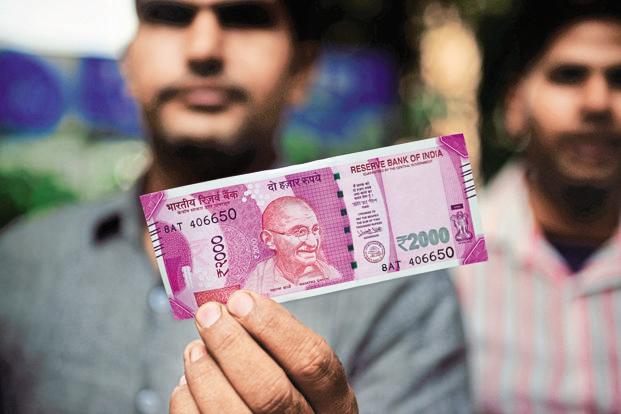by Chris Jauregui and Ganesh Viswanath Natraj
For a presentation of preliminary results, see this.
When the US sneezes, do other countries catch a cold? (Rey 2015) suggests that there is a global financial cycle in asset prices driven by US monetary policy as the center country, suggesting that small open economies with floating exchange rate regimes do not have true monetary independence. In this project, we investigate both financial and real spillovers of monetary policy, using high-frequency identification of monetary announcements from major central banks in advanced countries (Bernanke and Kuttner, 2005 and Gurkaynak et al, 2005). To identify real spillovers of monetary shocks to countries abroad, we use high-frequency “economic-news” tracking portfolios (ETPs), constructed using intraday asset returns and survey-based economic forecasts (Lamont, 2001). ETPs are linear combinations of financial asset returns that best mimic “news” about future real output, inflation, or unemployment, and so their responses to high frequency monetary shocks provide a good proxy for the real spillovers of monetary news across borders. We also test if international monetary policy spillovers were dampened by unconventional monetary policies following the financial crisis of 2007. In addition, we propose an equilibrium modeling framework to account for presence of financial spillovers; these financial linkages are due to the fact that the US dollar is used as a vehicle currency for raising debt and capital flows. The financial channel of a strengthening US dollar may cause a decline in the small open economy’s ability to source dollar denominated debt, and balance-sheet pressures leading to contractionary real effects for the small open economy (Gourinchas 2016 and Aoki, Benigno and Kiyotaki 2016).












